With the growing healthcare complications, hospitals, clinics, and healthcare centers moved towards Revenue Cycle Management to manage their administrative and clinical data that comes every single day.
The healthcare revenue cycle management (RCM) process is complex and important. It encompasses everything from patient engagement and provider reimbursement to claims processing, medical billing, and denial management.
An effective RCM system is integral for the financial health of any healthcare organization. When RCM is done well, it can result in increased revenue, improved cash flow, and greater operational efficiency.
Conversely, when RCM is done poorly, it can lead to financial problems and negative consequences for providers and patients.
Let’s begin with seven essential steps to make your RCM process smooth.
The Seven Steps in the Process of RCM healthcare-
- Pre-Registration: Collect Information Before the Patient Arrives
The first step is always crucial as it includes collecting the patient’s data, including Name, medical history, demographics, and insurance information.
From a patient’s perspective, it helps them to save time by consuming less time in the waiting room and guarantees a straight estimated cost of their treatment. On the other hand, healthcare providers can expect patients to pay their bills on time by reducing sources of bad debt.
- Eligibility Verification
Once the patient is pre-registered and you have collected all the required information, verifying their eligibility for insurance is essential.
You might have come across some cases where claims are denied or delayed due to incorrect information provided by the patient, right? This lack of information directly impacts medical billing and reimbursements.
Another reason is that insurance companies regularly make changes in their policies, so verifying whether the patient is covered under the new plan is crucial to get maximum reimbursement.
Remember, prior authorization from the insurance company can save a lot of rework and time.
- Medical Coding and Charge Entry
Medical coding and charge entry are two of the most critical aspects of RCM healthcare. But what exactly are they, and how do they work?
In short, medical coding converts diagnoses, symptoms, and procedures into numerical codes. This helps to ensure that medical claims are processed correctly and that payments are made accurately.
Charge entry, on the other hand, is entering the correct codes for each patient’s visit into the billing system. Both medical coding and charge entry are essential for RCM healthcare to obtain full reimbursement from their payers.
- Claim Submission
After the health services are coded into the management system, the healthcare providers must submit those claims to transfer the payment.
If there are any errors or issues with the claim submission, the insurance company might delay the claim amount and disturb your healthcare organization’s financial health.
- Denial Management and Insurance Follow-Up
Claims are either accepted or rejected; if the frequency of your claims getting denied is high, it’s time to look into it.
In case of a mistake in claim submission, the claim could be directed to the clearing house and routed back to make changes and cause a delay in payment. Then, the denials in the claim are analyzed, corrected, and addressed to clear the amount.
Did you know one out of every five claims is processed incorrectly? That makes it crucial for healthcare providers to create an Insurance follow-up to receive proper claims.
- Patient Billing and Collections
After the payment is cleared from the insurance provider, balances and liabilities are calculated to prepare a statement to monitor and clear outstanding accounts closely.
Outstanding payments of various patients are tracked, and the collection team ensures that they are closely followed up with the patients as it is directly proportional to the hospital’s finances.
RCM helps automate the process by dedicating tasks to groups that keep the follow-ups and ensures that the revenue cycle stays strong.
- Reporting
Data analytic reports from the RCM are highly beneficial for evaluating the tracks and clearing costly mistakes. The tools develop various data reports, including customized reports, financial data, management information, and Key Performance Indicators that help your revenue cycle run smoothly and efficiently.
Invest in the Process
RCM might look complicated if done manually; getting familiar with the process is key to making it run smoothly and efficiently.
These Seven basic steps are an overview of the healthcare RCM process, which you’ll need to apply in improving the cash flow management with your healthcare clinic or organization.
RCM’s overall goal is to increase revenue while decreasing the time spent on administrative and clinical functions. Pure Billing can assist you in adopting the Revenue Cycle Management process and increase the revenue for your healthcare organization. With no overhead cost, we got your back.



